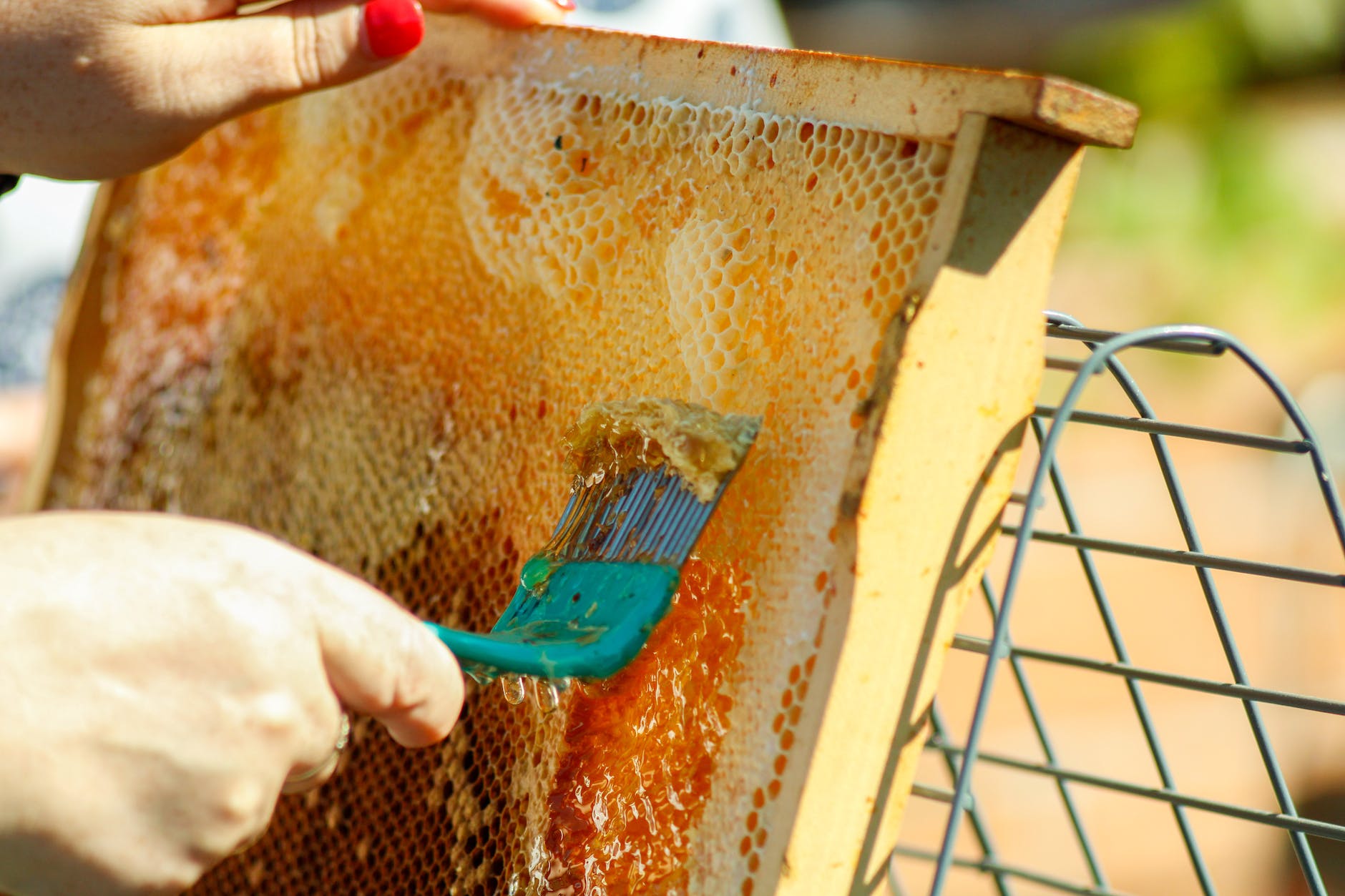
From Hive to Table: The Raw Honey Production Process
Raw honey production is an incredibly rewarding experience. From the moment you open up your hive and observe the incredible work of the bees, to the moment you bottle and sell your raw honey, the entire process is filled with anticipation and pride. However, for this process to be successful, it is essential to properly prepare your hives before production begins.
This article will outline the steps necessary to prepare your hives for raw honey production, and provide tips and tricks to ensure your hives are in optimal condition for maximum honey yields.
Table of Contents
Moving Hives to the Field
To ensure success in raw honey production, it is crucial that the hives are strong. Most beekeepers produce honey in double deep colonies or larger. If the colony is too small it will not be able to take advantage of the nectar flow.
Additionally, make sure the hive is in a sunny location. Honey production is optimal when the hive is at a temperature between 70-90 degrees Fahrenheit. If the hive is too hot or too cold, the bees will be as efficient at producing honey.
Moving hives to the field is an important step of raw honey production. This involves carefully selecting the location for the hives in the field, considering factors such as sunlight, forage availability, and accessibility for beekeepers.
The hives are then transported to the selected location, ensuring their stability and protection during the move. Once in the field, the hives are set up in a strategically to optimize honey production, allowing bees to freely forage on nectar-rich flowers.
The Art of Nectar Collection
Honeybees collect nectar from flowering plants as they forage for food. They use their long tongues to extract the sweet liquid from the flowers, transferring it into a specialized stomach called the honey sac. Once back at the hive, the foragers transfer the nectar to worker bees who process the nectar, adding enzymes and reducing moisture, until it becomes honey.
Exploring a Variety of Blooming Flowers
Honeybees are skilled at gathering nectar from a variety of blooming flowers. They are able to differentiate between different flowers through smell, color, and taste, allowing them to selectively forage on nectar-rich plants.
Different species of honeybee are attracted to different flowers, allowing for an even more varied collection of nectar-rich sources. This is why beekeepers often move their hives to new locations, to ensure the bees have access to the widest possible variety of flowering plants.
With access to a variety of blooming flowers, the honeybees are able to collect a unique mix of nectars, resulting in a high-quality raw honey. So, it is important to remember that the more variety of flowers, the better the honey. By understanding the types of flowers that honeybees forage nectar from, beekeepers can optimize the location of their bee hives and ensure the production of high-quality raw honey.
Removing Honeycombs with Care
Honeycombs, which contain the stored honey, are carefully removed from the frames, ensuring minimal disturbance to the bees. This delicate process of harvesting honeycomb allows for the extraction of the purest and freshest honey, preserving its natural qualities.
Using Specialized Tools for Extraction
Honey extractors are essential tools used for efficiently extracting honey from honeycombs. By centrifugal force, the honey extractors separate the honey from the honeycomb, allowing for the collection of pure, high-quality honey. This specialized equipment ensures a careful and precise extraction process, maintaining the natural qualities of the honey.
Straining the Fresh Honey
After the honey has been extracted from the honeycombs, it is strained. This step ensures that any large debris is removed, resulting in a smooth and pure honey product. By not heating or fine-filtering the raw honey in this process the natural flavors and beneficial properties are retained.
Returning the Frames to the Hive
After the honey has been extracted. The extracted frames are carefully transported back to the hive, where the bees will use the residule honey and retained wax to continue their vital work. The return of the extracted honey frames completes the cycle, ensuring a sustainable honey production process.
Storing and Sealing the Delicious Raw Honey
The moisture content of the raw honey is carefully monitored during processing to ensure optimal quality. Raw honey should maintain a moisture content of around 17%. This can be checked with a tool called a refractometer.
Storing the honey in airtight containers helps to preserve its freshness and flavor for a longer period. Proper sealing of the containers also prevents any contamination or moisture from entering. This ensures that the delicious raw honey remains pure and intact until it is ready to be enjoyed.
As you can see raw honey production is a complex process that involves the careful extraction, straining, and storing of the honey to ensure that it is of the highest quality. From the hive to the table, raw honey production is a labor of love and an art form. By following the steps outlined above, you can ensure that you are producing the highest quality raw honey.